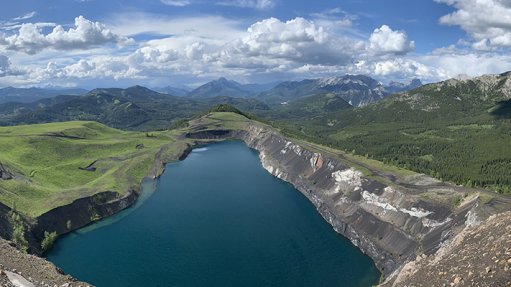
Montem's Tent Mountain mine is located in the Crowsnest Pass, and straddles both sides of the southwest Alberta and southeast British Columbia border.
Coal Association of Canada CEO Robin Campbell said on Wednesday that responsible coal development and environmental stewardship can co-exist, allowing for the protection of natural heritage, while creating high-paying jobs.
He was commenting in a statement on the Coal Association of Canada’s presentation to the Alberta coal policy committee, which is leading a debate to capture wide-ranging perspectives on coal development.
The debate was triggered following the June 2020 recission of the 1976 Coal Policy, which is regarded as out of date.
One of the three key recommendations that the industry put forward was that the new coal policy should contain a mechanism to increase protected lands in consultation with leaseholders, Indigenous communities and other stakeholders.
"There is an opportunity to expand the areas that are off-limits to coal activity, including parts of what is now considered Category 2 and almost all of Category 3," the coal association stated in its submission.
In terms of the 1976 Coal Policy, Category 2 land is described as areas in which limited exploration is desirable but commercial development by surface mining “will normally not be considered at the present time”. It contains lands in the Rocky Mountains and Foothills. Category 3 comprises areas in which “...exploration is desirable and may be permitted under appropriate control...” and mining will be permitted “subject to proper assurances respecting protection of the environment and reclamation of disturbed lands and as the provision of needed infrastructure is determined to be in the public interest.” It covers the Northern Forested region and eastern portions of the Eastern slopes. It also covers agricultural lands in settled regions of the province.
The second recommendation centres on stricter regulation and oversight. For lands that should be considered for coal development, the association said clear regulations and processes were required to evaluate applications and proposals on their own merits.
The final recommendation is that the public be given greater access to information about proposed projects to help evaluate the full range of project impacts and benefits, including Indigenous partnerships, jobs, community investment, and impacts on the environment, landscape, wildlife and waterways.
The association’s submission to the committee is built on three pillars: more protected lands, strict regulation and oversight and greater transparency.
“As mining companies, we see the development of Alberta’s coal resources as a privilege, something that needs to happen with the support and confidence of Albertans and Canadians. Like all Albertans, we cherish the natural beauty of the Rockies and are fully committed to protecting and preserving our air, water and wildlife,” Campbell said.